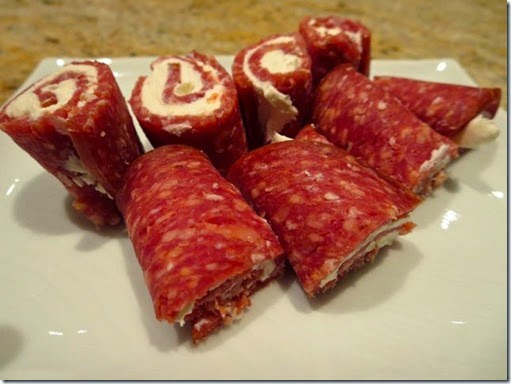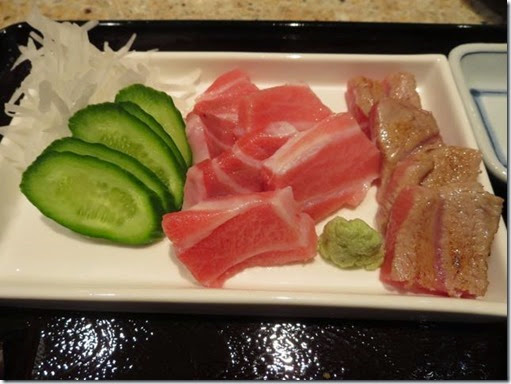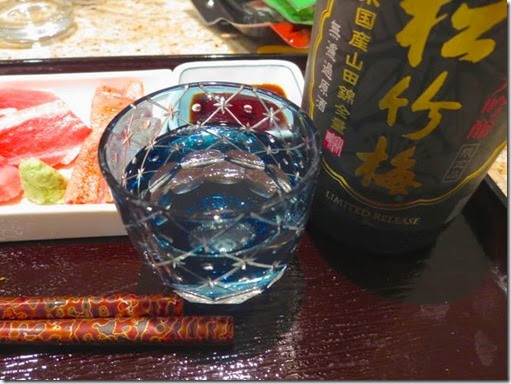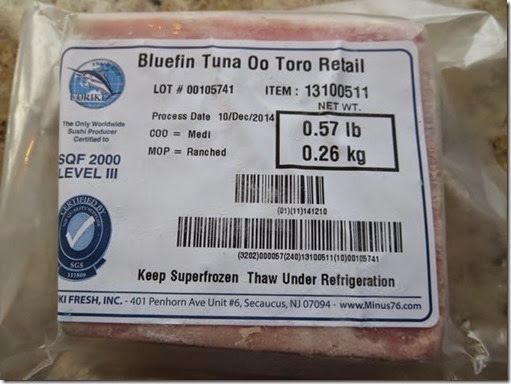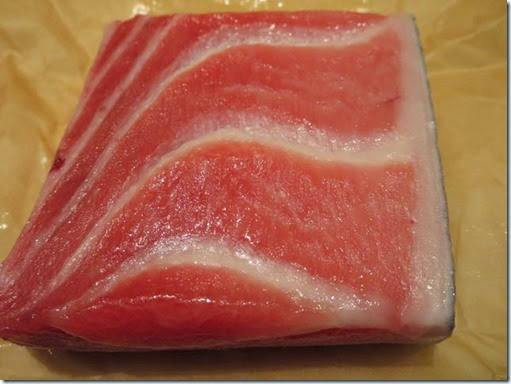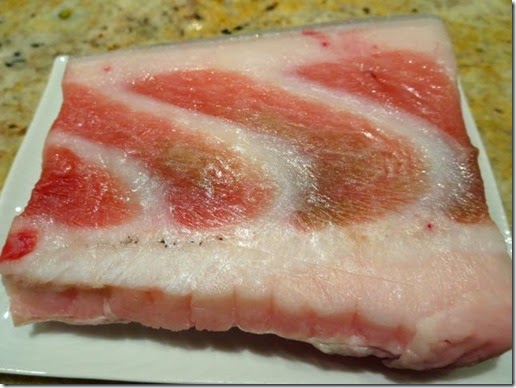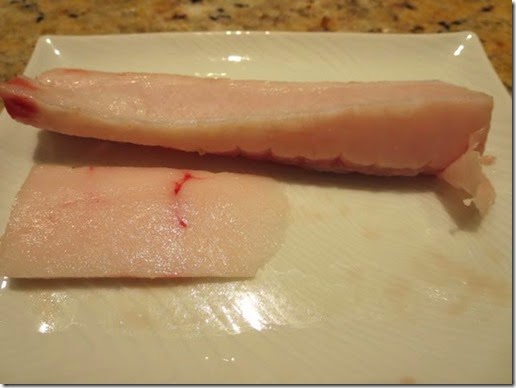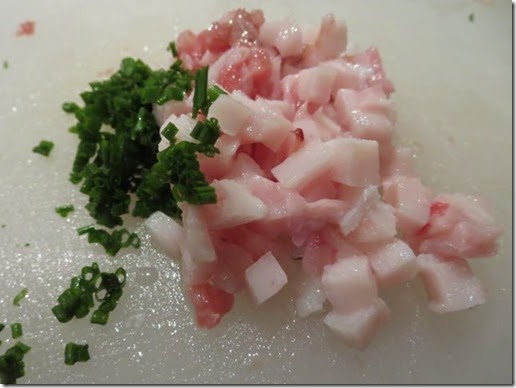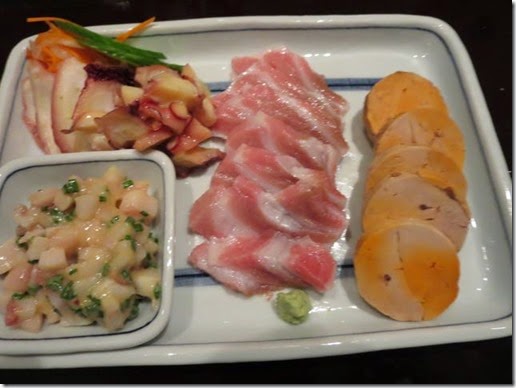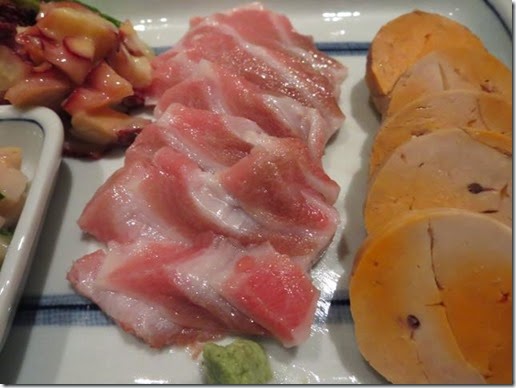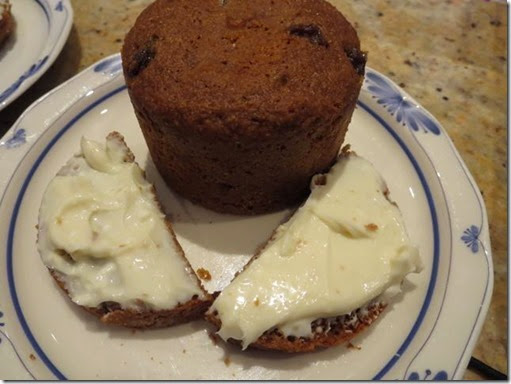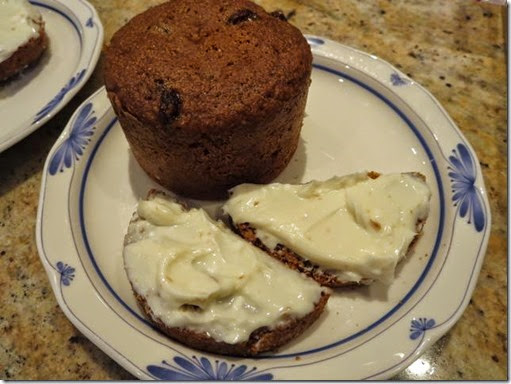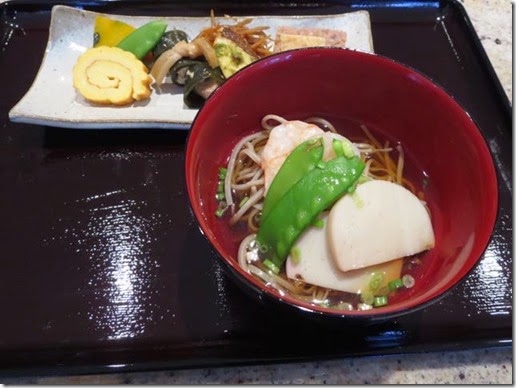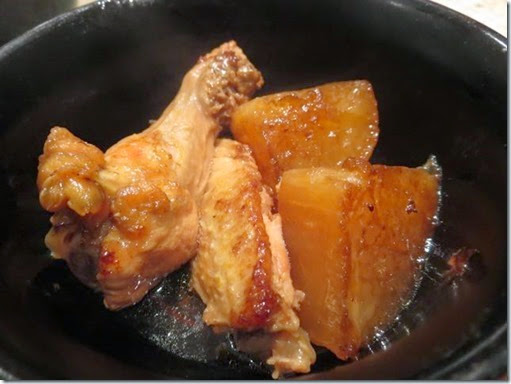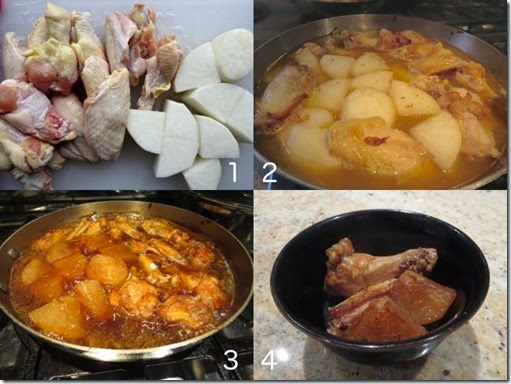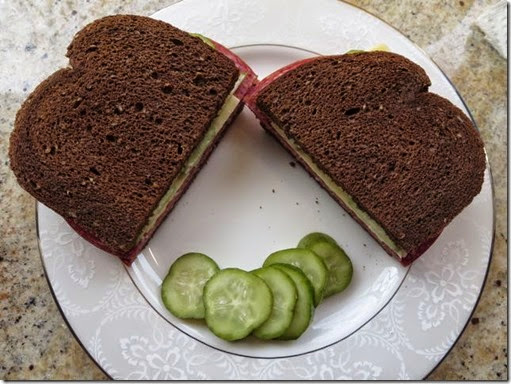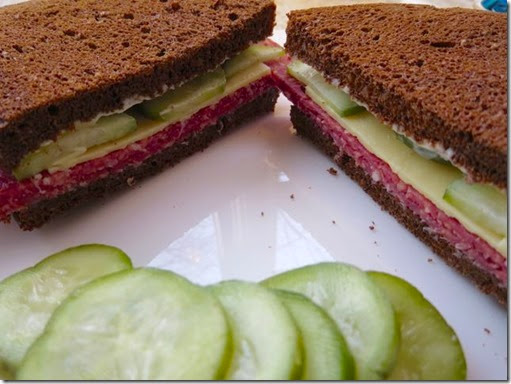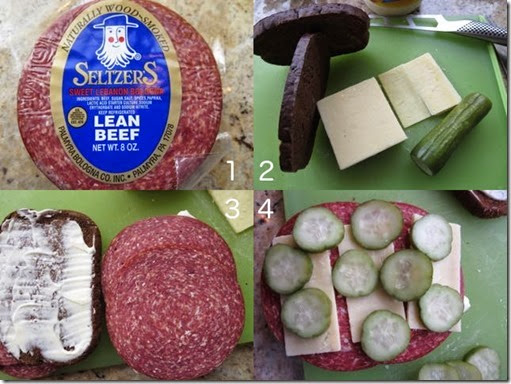Some years ago, I made gravlax but somehow I have not made it for some time. I even forgot that I had made it. But this year, my wife requested I make the gravlax for New Year. She even remembered and was able to specified the recipe I had used. I have been serving this with my
"Russian" marinated salmon for several days of the new year.

Although both are "chemically" cooked or cured salmon, the flavor and texture are totally different giving a nice contrast of two salmon dishes. Here I served my gravlax on a bed of thinly sliced Japanese cucumber with capers. The "Russian" marinated salmon was garnished with Ikura salmon roe and fresh dill. The gravlax has the texture of smoked salmon (without smoke) but also nice flavors of coriander seeds and tequila predominate with subtle fresh herbs (mint, dill, basil and citrus). The marinated salmon has soft "cooked" texture with lemon flavor. The onion (I used sweet onion) became marinated and goes so well with the marinated salmon.
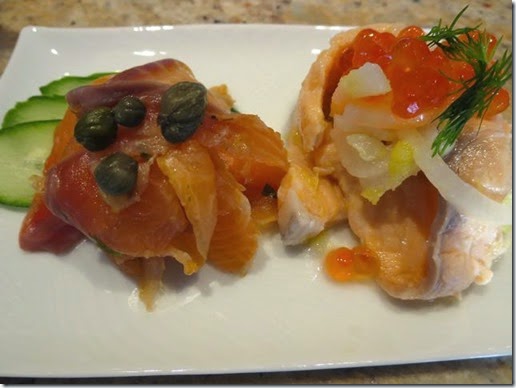
In another serving example, I served the gravlax (arranged in a rose flower shape) on a bed of water cress (mostly leaves removing large stems) with my wife's
home made creme fraiche and "ikura" salmon roe garnish. I also added
salmon-kelp roll 鮭の昆布巻き and daikon namasu 大根なます with thinly sliced boiled and vinegar seasoned octopus 酢だこ.
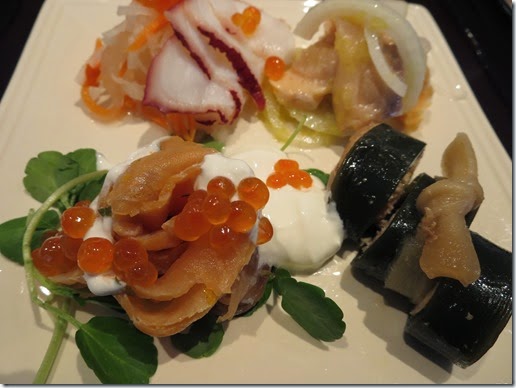
My wife's
creme fraiche took some time (4 days as opposed to usual 2 days) to form (probably due to the rather cool room temperature but it tasted great.
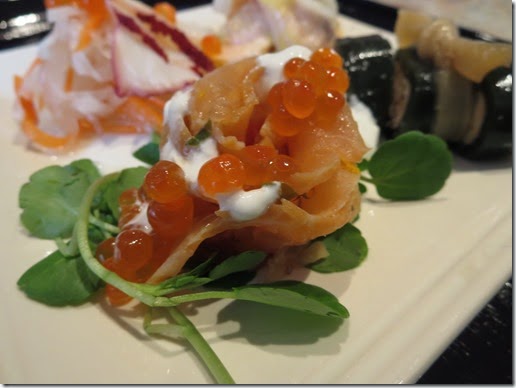
Although sake or Champaign will go well with these dishes, we decided either scotch or good bourbon is better. Here we served Kentucky's Maker's mark (now a part of Suntory of Japan along with Jim Bean),

The recipe for the gravlax came from Julia Child's "
In Julia's Kitchen with Master chefs" and by Monique Barbeau. Although I followed her recipe, some of the measurements are clearly off and I made adjustments.
Ingredients:
Salmon: Side of fresh salmon, skin on all pin bones removed.
Note:
- The recipe states 1 and 1/2 lb side of salmon but if that was the case, it is a very small salmon indeed. Mine weighted at least 2 and 1/2 lbs. even after I removed the very thick head and very thin belly portions. Next time I will use the mid portions of two sides of salmon with identical size and thickness. The meat of the thin tail portion got cured too much and became a bit leathery and salty (but still very edible).
- I prefer scaling the skin as well because while slicing the final products, the scales did come off sometimes and attach to the slices of gravlax.
Dry cure:
3/4 cups kosher salt
1 and 1/2 cups of light brown sugar
(In contrast to a very small side of salmon, the amount of the dry cure is way too much in the original recipe which specify 1 and 1/2 cups of kosher salt and 2 cups of brown sugar. I only used 1/3-1/2 of the total of 3 and 1/2 dry cure I prepared for my 2.5 lb side of salmon. I will cut the amount of the dry cure by half next time which is listed above.)
Liquid cure: ( the amount of liquid cure was perfect)
1/2 cup tequila
1/2 cup freshly squeezed lime juice
Zest of one lemon (I used my micrograter)
Zest of one orange (I used my micrograter)
2 tsp of whole coriander seeds
3 sprigs of fresh dill, with stems
3 sprigs of fresh mint, with stems
3 sprigs of fresh basil, with stems
Day one - Dry cure
I used a rectangular Pyrex baking dish (13 x 9 inches) in which my side of the salmon just fit. I lined the inside with plastic wrap with excess portions on both ends so that I could wrap the salmon completely. I layered the dry cure in 1/4 inch thick on the bottom (preserving at least 1/3 for the next day). I placed the salmon skin side up (or meat side in contact with the cure). I placed additional cure on the sides and the ends and wrapped the salmon with plastic wrap. I covered (loosely) with aluminum foil and placed it in another Pylex baking dish which was slightly smaller than the bottom baking dish. I put 3 heavy cans of vegetables (I think they were either beans or tomato but the weight is what needed here, about 5 lb) on the top. I placed this in the refrigerator for 24 hours.
Day two - liquid cure
I roughly chopped the herbs and mixed them with the tequila, lime juice, and orange and lemon zests. I placed whole coriander seeds in a small Ziploc bag and using a heavy pot, I crushed the seeds and added to the liquid cure.
When I removed the vegetable can weights and unwrapped the salmon, the dry cure was all melted and a quite good amount of liquid had exuded from the fish. The salmon was noticeably dark and firm. I removed the salmon and set aside. I discarded the liquid and plastic wraps, washed and dried the baking pans. I lined the bottom pan with plastic wrap exactly as I did for the dry cure process. I poured in the liquid cure and spread the herbs and spices evenly on the bottom. I sprinkled the dry cure on the liquid bed (no exact amount specified, so I just lightly sprinkled) and placed the salmon back with fresh side down. I also placed the dry cure on the cut end and on the sides. I wrapped the salmon using the excess ends of plastic wrap, loosely covered with a sheet of aluminum foil, placed it in the upper baking dish and the weight (3 cans) and placed back to the refrigerator for another 24 hours.
If the curing is completed, the salmon fresh should be uniformly firm and dark red (That was the case for me at the end of 24 hours liquid cure). But if not, the original recipe recommends to place it back in the liquid cure for 1-2 more days. The original recipe indicates that the gravlax will last for 10 days stored in the liquid cure.
I forgot to take pictures during these curing processes.
Slicing:
I happened to have a long flexible knife (Global) for slicing smoked salmon and gravlax. I sliced it very thinly turning the knife blade horizontally to release it from the skin. I sliced the thin tail portion of the meat obliquely but as the meat became thick, I slanted my knife only slightly.
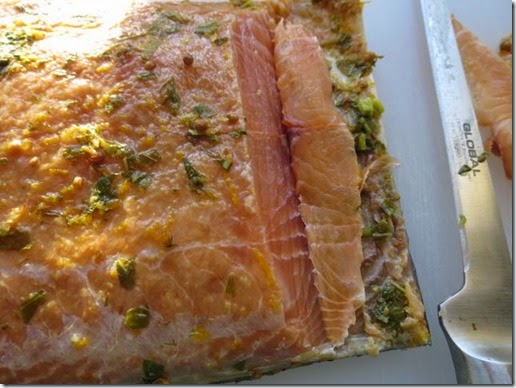
The thin tail meat got a bit over cured in the dry cure process and got slightly too firm and salty. Next time I will use two portions of salmon of equal size and thickness rather than one side with a thin tail portion. Since we had consumed all the tail portion at this point, I poured the liquid cure into a gallon Ziploc bag, put in the gravlax, removed the air as much as possible before sealing. This made it much easier to store in the refrigerator.
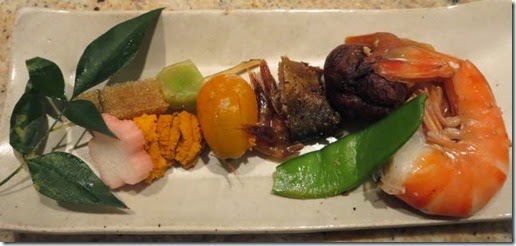
After the salmon feast, we switched to cold sake and enjoyed more small dishes from
the box. From right to left are; herring roe on kelp, steamed sea urchin, kumquat simmered in syrup, sweet fish with its roe simmered for 10 hours, chestnut "shibukawa-ni", and sake braised prawn.
